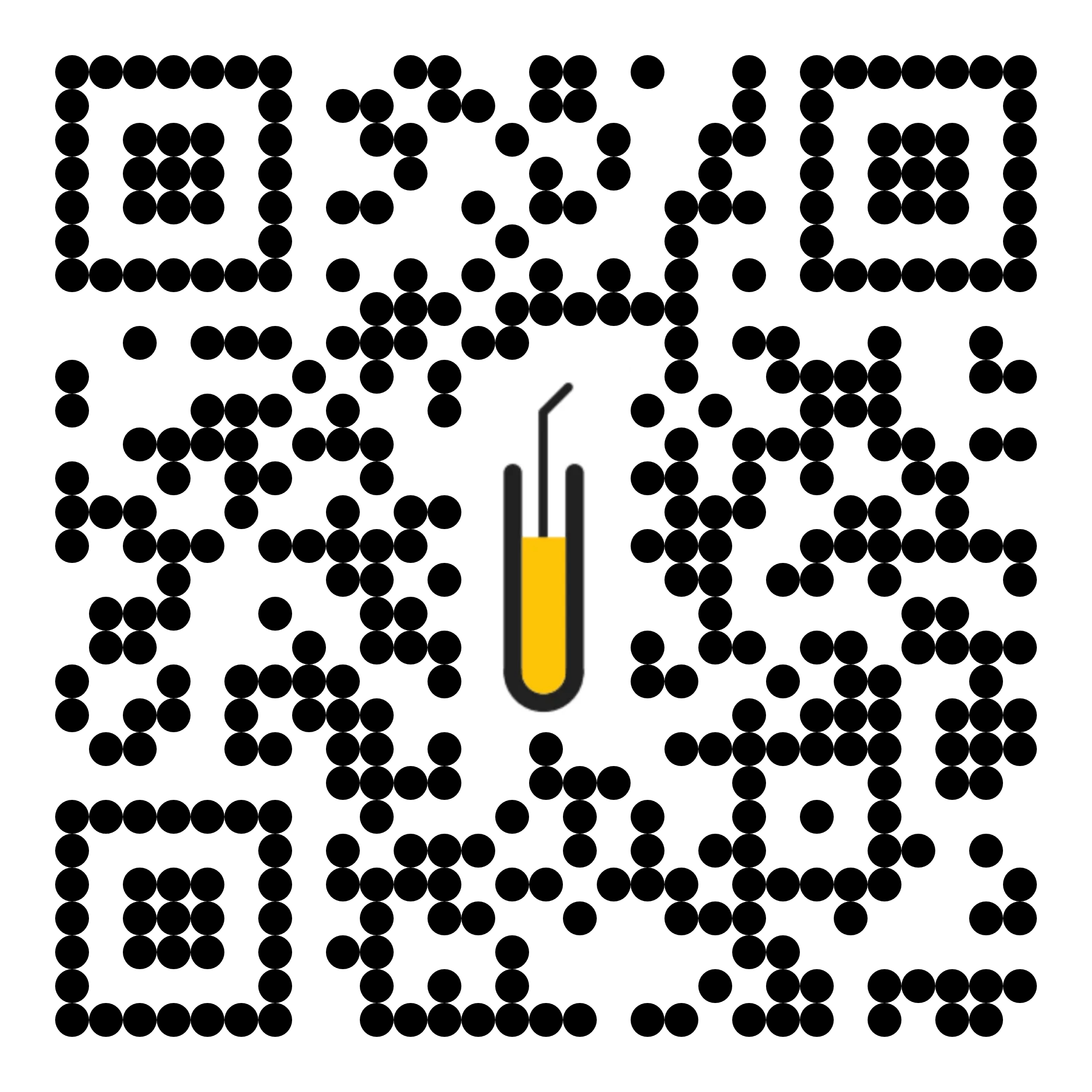Case scenario
Sophie, a 30-year-old pregnant woman, presents to the pharmacy with a prescription for insulin. She has recently been diagnosed with gestational diabetes mellitus and is anxious about administering insulin, as she has only ever taken oral medicines and doesn’t want to take anything to harm her baby.
Introduction
Gestational diabetes mellitus (GDM) is characterised by any degree of glucose intolerance (hyperglycaemia) which develops or is first recognised during pregnancy.1 In most cases, it is asymptomatic and diagnosed on routine testing at 24–28 weeks’ gestation.
Maternal hyperglycaemia leads to fetal hyperglycaemia and hyperinsulinaemia, which impacts both perinatal and long-term health outcomes in offspring.2,3 Adverse outcomes for the offspring include increased birth weight (macrosomia) (OR 1.8 [95% CI 1.7, 1.8]), excess fetal adiposity (per cent body fat), and increased umbilical cord C-peptide (reflects the insulin-secretory activity of pancreatic beta cells).2–4
A high birth weight may complicate vaginal delivery (e.g. by increasing risk of shoulder dystocia), put the mother and baby at risk of injury from the birthing process, and also leads to a higher rate of delivery by caesarean section (OR 1.4 [95% CI 1.4, 1.4]).4 After delivery, there is an increased risk of neonatal hypoglycaemia. Long-term risks of macrosomia in infants of women with GDM include childhood cardiovascular disease.2–5
As the most accessible health professionals, pharmacists play an important role supporting women with GDM, particularly around blood glucose monitoring, medicine use (if needed), and encouraging lifestyle interventions to optimise both the mother’s and offspring’s short- and long-term health outcomes.
Learning objectivesAfter reading this article, pharmacists should be able to:
Competency (2016) Standards addressed: 1.1, 1.4, 1.5, 2.1, 3.1, 3.5, 3.6. Accreditation code: CAP2404DMMB Accreditation number: 31/03/2027 |
Already read the CPD in the journal? Scroll to the bottom to SUBMIT ANSWERS.
Epidemiology
The incidence of GDM has tripled in less than 20 years. In 2001, GDM affected 5.2% of all pregnancies. Today, GDM affects approximately 16% of pregnancies in Australia.7 The surge in incidence is likely due to broadening of diagnostic criteria. However, rising rates of obesity in women of childbearing age have also been implicated. This rising incidence rate means that more women may present to their pharmacist for GDM-related medicines and health advice.
The incidence rate for GDM increases with age (see Table 1), with 30.7% of pregnant women aged 45–49 affected.7 First Nations women are 1.6 times more likely to develop GDM than non-Indigenous women. Women from some ethnic groups are also at greater risk (e.g. Asian, Pacific Islander, Māori and women from the Middle East).8
Aetiology and pathophysiology
During pregnancy the placenta, an organ that develops in the uterus to provide oxygen and nutrients to the growing fetus, produces (among others) the hormones progesterone, cortisol and human placental lactogen.9 These hormones block the hormone insulin, decreasing insulin sensitivity by approximately 50–60%.10 This physiological process ensures that adequate energy is available for the growing fetus.
In women with euglycaemia/normal blood glucose levels (BGLs), insulin insensitivity is overcome by an increase in insulin production by pancreatic beta cells. In women with GDM, insulin secretion is insufficient to overcome the insulin insensitivity during pregnancy. As insulin facilitates glucose in the blood to be taken up into cells, insulin resistance leads to elevated maternal BGLs, which in turn leads to elevated fetal BGLs.
Risk factors for GDM include6,11:
- BMI ≥30kg/m2 (pre-pregnancy or
on entry to care) - ethnicity (Aboriginal, Torres Strait Islander, Asian, Indian Pacific
Islander, Māori, Middle Eastern, non-white African) - history of GDM
- history of elevated blood glucose
- maternal age ≥40 years
- family history of diabetes mellitus
- previous macrosomia (birth weight >4,500g)
- previous perinatal loss
- polycystic ovarian syndrome
- medicines (corticosteroids, all antipsychotics)
- multiple pregnancy.
Clinical features
Most presentations of GDM are asymptomatic.11 Some women experience frequent urination, thirst, fatigue, nausea and vomiting, and increase in yeast infections or other infections.12
Diagnosis, differential diagnosis and prognosis
Gestational diabetes is diagnosed when glucose intolerance (GI) is present during pregnancy.13 There are two types of GI: impaired fasting glucose (IFG) and impaired glucose tolerance (IGT). Only one type of GI is needed for a diagnosis of GDM.
Screening and diagnostic practices for gestational diabetes vary across jurisdictions. Currently, an oral glucose tolerance test (OGTT) at 24–28 weeks’ gestation is considered standard care in Australia. The IADPSG diagnostic criteria, shown in the following dot points, have diabetes in Pregnancy Society and the Royal Australian and New Zealand College of Obstetricians and Gynaecologists but are not universally accepted, as there is ongoing discussion about their validity.14
In GDM, gestational diabetes is diagnosed when13:
- fasting BGL ≥5.1 mmol/L, or
- BGL ≥10.0 mmol/L 1 hour after consuming 75 g of oral glucose (i.e. oral glucose tolerance test), or
- BGL ≥ 8.5 mmol/L 2 hours after consuming 75 g of oral glucose (i.e. oral glucose tolerance test).
While glucose intolerance detected for the first time during pregnancy may be type 1 or type 2 diabetes, a new or definitive diagnosis of either cannot be made during pregnancy, only that there is glucose intolerance. It is for this reason a postnatal OGTT is recommended at 6–12 weeks postpartum. Pharmacists should encourage women to get their postpartum OGTT.
Treatments
Non-pharmacological treatment
Self-monitoring of blood glucose
Effective self-monitoring of blood glucose is essential to the management of GDM. Pharmacists play a key role educating women about the different types of blood glucose monitors and how to use their chosen device.
Medical nutrition therapy
Medical nutrition therapy (MNT) is recognised as first-line treatment in GDM management. In 2008, the US Academy of Nutrition and Dietetics first published recommendations for the dietary management of GDM. To date, these are recognised as the only nutrition-specific evidence-based guidance that has been informed by a systematic review of scientific evidence. Evaluation of their implementation compared to usual care found less insulin use, and significantly lower follow-up glycated haemoglobin in those women who followed them. Currently, Australian guidelines do not exist. Despite several recent studies, the ‘ideal eating plan’ (energy content, carbohydrate restriction, and quality and quantity of macronutrients) for women with GDM remains unclear. Many different approaches to nutrition therapy work and are equally effective.15 Nevertheless, more than restriction, it is important for women to focus on meeting nutritional requirements for a healthy pregnancy. In addition, it is imperative to eliminate high glycaemic index carbohydrates and ensure adequate intake and distribution of low glycaemic index carbohydrates.16 In Australia, given the high representation of various ethnic groups with GDM, oral intake needs to be reflective of usual diet and culture.
Globally, the most widely used guideline for gestational weight gain (GWG) is from the Institute of Medicine (IOM), which recommends appropriate amount of weight gain per trimester depending on a woman’s pre-pregnancy BMI.17 However, the IOM guideline does not provide any specific recommendation for women with GDM. Weight loss is not recommended for any women during pregnancy. Keeping track of GWG, plus growth, is important to modify nutrition advice to achieve optimal outcomes for the woman and offspring.
Pharmacists should encourage women to seek regular follow-up with a dietitian or other healthcare professional trained to provide nutrition counselling.
Physical activity
Physical activity reduces insulin resistance, by stimulating glucose transporters to move to the surface of skeletal muscles, improving glucose uptake.18 Lifestyle interventions such as diet and physical exercise can prevent or delay GDM. A meta-analysis (RCT = 20, n = 7,159), showed that the greatest risk reduction is achieved when physical activity is introduced before the 15th gestational week (RR: 0.78, 95% CI 0.64–0.96). Pharmacists should recommend that pregnant women exercise (unless contraindicated, such as in pre-eclampsia and other conditions – seek doctor advice) with moderate intensity for at least 30 minutes, three times a week, to reduce the risk of GDM.19,20
Pharmacological treatment
Self-monitoring of blood glucose coupled with lifestyle management (diet modification and exercise) enables 50–70% of women with GDM to achieve target blood glucose levels.20
If BGLs cannot be maintained in the optimum range (see Table 2), antihyperglycaemic medicines, including insulin and metformin, may be used. Other antihyperglycaemic medicines either have an unknown safety profile or are not safe during pregnancy (e.g. sulfonylureas may cause fetal macrosomia and neonatal hypoglycaemia).21
A recent Australian study (n = 15 sites) found that most clinicians use insulin (n = 9) as the first pharmacological agent, and metformin as the second. Some clinicians do not recommend or use metformin at all in women with GDM.23 Prescribing trends impact the medicines and counselling provided by pharmacists.
Insulin
Between 15% and 30% of women with GDM will be prescribed insulin to achieve optimal blood glucose levels.24
Insulin is administered subcutaneously, usually into the abdomen or thigh. Injection sites should be rotated (e.g. morning dose administered on the left side of the abdomen and evening dose on the right side, as pictured in Figure 1).25
Pharmacists can play a key role in demonstrating how to administer injections correctly, how to store insulin (insulin in use can be stored at room temperature for up to 1 month; insulin not in use should be maintained with 2–8 °C cold chain; see product information for specific advice), and how to dispose of associated sharps.
Metformin
Metformin, a biguanide, is a safe and effective oral treatment for women with GDM.26 However, metformin crosses the placenta,27 and the long-term effects in offspring are still being investigated.28 It is for this reason that its use currently varies across health centres in Australia.23 Metformin can be used alone or in combination with insulin to achieve glycaemic control.
Metformin treatment during pregnancy should be avoided in the following situations22:
- pre-eclampsia
- fetal growth restriction
- inadequate weight gain, particularly
in slim women.
Follow-up
Women with GDM are at higher risk of developing type 2 diabetes and cardiovascular disease.29 Pharmacists should encourage postnatal follow-up
of women with GDM to improve
maternal health and prevent
progression towards type 2 diabetes
and cardiovascular disease.
Knowledge to practice
Pharmacists can support women with GDM and should ensure women have adequate information on optimal BGL targets and how to self-monitor their blood glucose using their chosen device. Lifestyle interventions (physical activity and MNT) should be encouraged by pharmacists, and, when appropriate, they can provide counselling on the appropriate use of prescribed medicines.
Conclusion
Gestational diabetes is a complication of pregnancy that occurs when insulin secretion fails to counterbalance increased insulin resistance during pregnancy. It can affect both the mother and fetus throughout pregnancy, during childbirth, as well as later in life. As the most accessible health professionals, pharmacists are in a position to support women with the management of GDM. Pharmacists can use their knowledge of pharmacotherapy and experience in medication management to support women to monitor their BGLs, integrate lifestyle interventions and take their medicines appropriately.
Case scenario continued
As the pharmacist, you tell Sophie that insulin is a safe and effective medicine that will reduce the risk of GDM complications. It does not cross the placenta, so it will not affect her baby. You explain that up to 1 in 3 women with GDM will be prescribed insulin. You encourage Sophie to administer her insulin into the subcutaneous layer on either side of her stomach or thighs, rotate her injection sites, and change the needle after every injection. You encourage Sophie to monitor her BGLs with her blood glucose meter regularly before meals and 1–2 hours after. You discuss lifestyle interventions, including medical nutrition therapy and physical activity, and educate Sophie about signs and symptoms of hypoglycaemia (such as sweating, feeling shaky, fast heartbeat, etc)30 and what to do if she experiences them.
Key points
- Pregnancy is associated with insulin resistance. GDM is a complication of pregnancy that
occurs when insulin secretion fails to counterbalance the increased insulin resistance during pregnancy. - Lifestyle interventions of diet, physical exercise or both can delay and prevent GDM.
- Pharmacists can provide education on self-monitoring of blood glucose and the importance of recording and monitoring BGLs.
- When needed, insulin or metformin may be prescribed to treat GDM. Metformin is contraindicated in women with pre-eclampsia or when the fetus is smaller than expected for the number of weeks of pregnancy.
References
Our authors
Dr Mary Bushell (she/her) BPharm (Hons), PhD, MPS is a pharmacist and a Clinical Assistant Professor in Pharmacy at the University of Canberra.
Dr Catherine R Knight-Agarwal BAppSc, MAppSc, MNutDiet, PhD, AdvAPD, FHEA is a dietitian and Senior Lecturer at the University of Canberra.
Professor Deborah Davis BN, MNS, PhD is a registered midwife and Clinical Chair in Midwifery with the University of Canberra and ACT Government Health Directorate.
Our reviewer
Victor Senescall (he/him) BPharm(Hons), BArts, MPS, AACPA
















